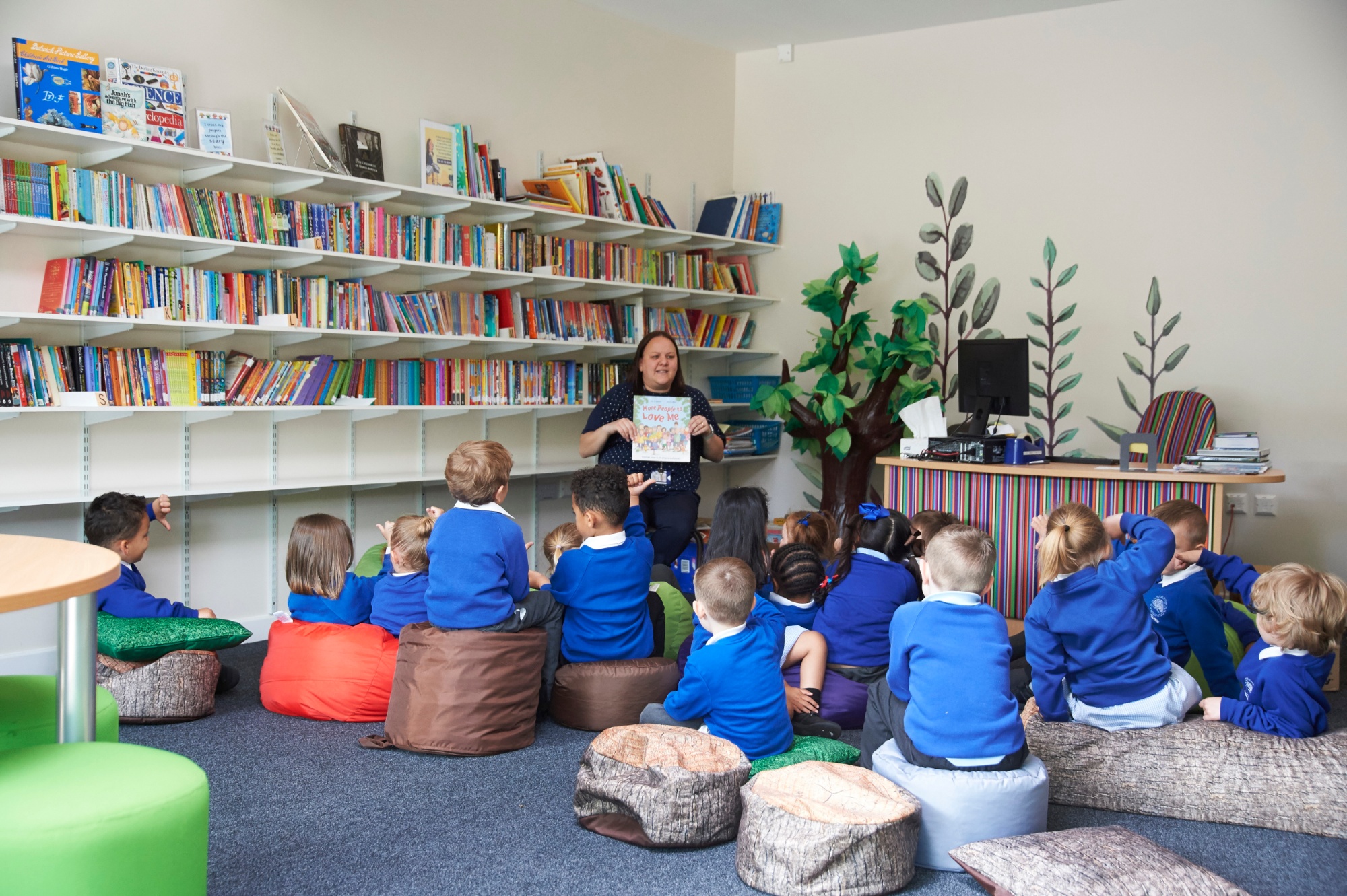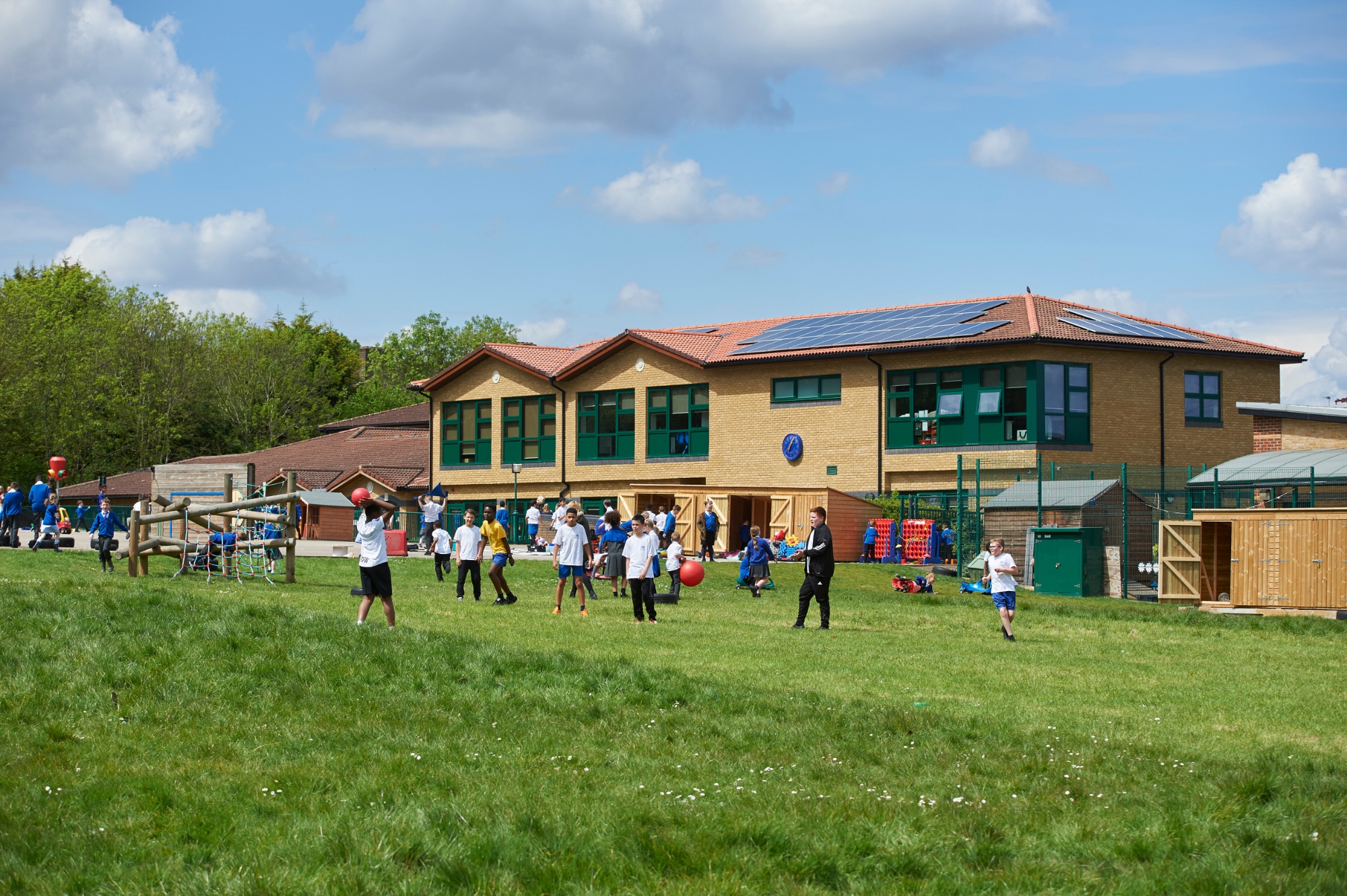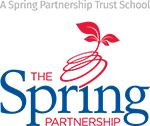Computing Curriculum
At Elmstead Wood Primary School, we see the development of information communication technology as a vital skill that children need to succeed in the modern world. It is cross-curricular and we see the development of computing skills as crucial to the child’s ability to succeed in and out of school.
Computing is taught using the Primary National Curriculum for Computing and a bespoke TSPT curriculum designed by our subject leaders. To support the children’s learning experience in computing, we use computer programmes such as Scratch; 2Simple and other more practical resources such as cameras and bee bots.
The National Curriculum presents the subject as a lens through which pupils can understand the world. There is a focus on computational thinking, as well as opportunities for creative work in programming and digital media.
The national curriculum for computing aims to ensure that all pupils:
- can understand and apply the fundamental principles and concepts of computer science, including abstraction, logic, algorithms and data representation
- can analyse problems in computational terms, and have repeated practical experience of writing computer programs in order to solve such problems
- can evaluate and apply information technology, including new or unfamiliar technologies, analytically to solve problems
- are responsible, competent, confident and creative users of information and communication technology.
In line with Naace and ‘Computing at School’ guidance, we have divided the curriculum into three core areas:
- Computer Science (CS) – “[children] are taught the principles of information and computation, how digital systems work and how to put this knowledge to use through programming”.
- Information Technology (IT) – building on their knowledge and understanding of Computer Science, pupils are “equipped to create programs, systems and a range of content”.
- Digital Literacy (DL) – providing children with the ability to “use, and express themselves and develop their ideas through, information and communication technology – at a suitable level for the future workplace and active participants in a digital world”.
Key Stage 1 – Years 1 and 2
Computer Science
- understand what algorithms are; how they are implemented as programs on digital devices; and that programs execute by following precise and unambiguous instructions create and debug simple programs
- use logical reasoning to predict the behaviour of simple programs Information Technology
- use technology purposefully to create, organise, store, manipulate and retrieve digital content
Information Technology
- use technology purposefully to create, organise, store, manipulate and retrieve digital content
Digital Literacy
- recognise common uses of information technology beyond school
- use technology safely and respectfully, keeping personal information private; identify where to go for help and support when they have concerns about content or contact on the internet or other online technologies.
Key Stage 2 – Years 3 to 6
Computer Science
- design, write and debug programs that accomplish specific goals, including controlling or simulating physical systems; solve problems by decomposing them into smaller parts
- use sequence, selection, and repetition in programs; work with variables and various forms of input and output
- use logical reasoning to explain how some simple algorithms work and to detect and correct errors in algorithms and programs
- understand computer networks including the internet; how they can provide multiple services, such as the World Wide Web
- appreciate how [search] results are selected and ranked Information Technology
- use search technologies effectively
- select, use and combine a variety of software (including internet services) on a range of digital devices to design and create a range of programs, systems and content that accomplish given goals, including collecting, analysing, evaluating and presenting data and information
Information Technology
- use search technologies effectively
- select, use and combine a variety of software (including internet services) on a range of digital devices to design and create a range of programs, systems and content that accomplish given goals, including collecting, analysing, evaluating and presenting data and information
Digital Literacy
- understand the opportunities [network] offer for communication and Collaboration
- be discerning in evaluating digital content
- use technology safely, respectfully and responsibly; recognise acceptable/unacceptable behaviour; identify a range of ways to report concerns about content and contact




